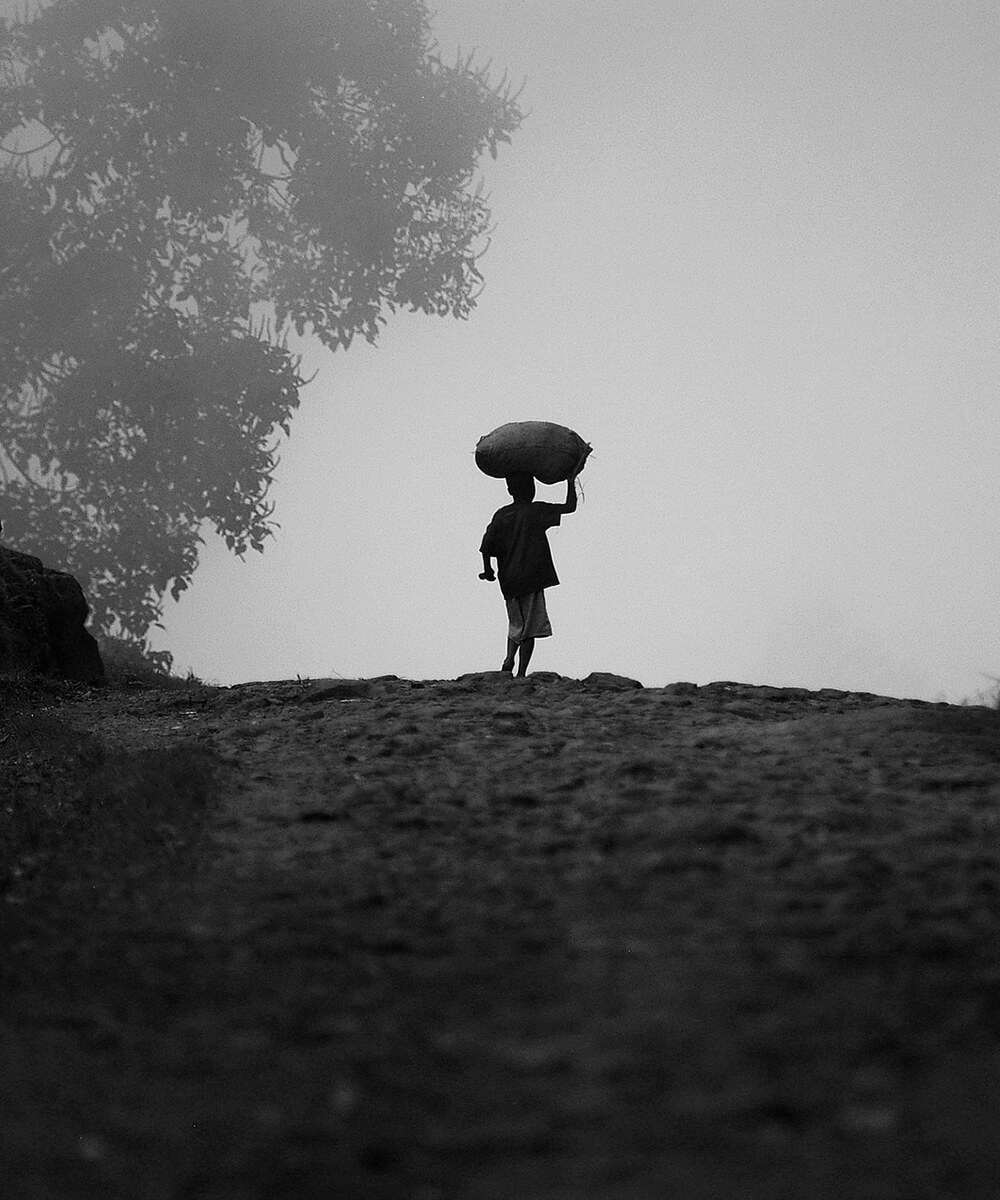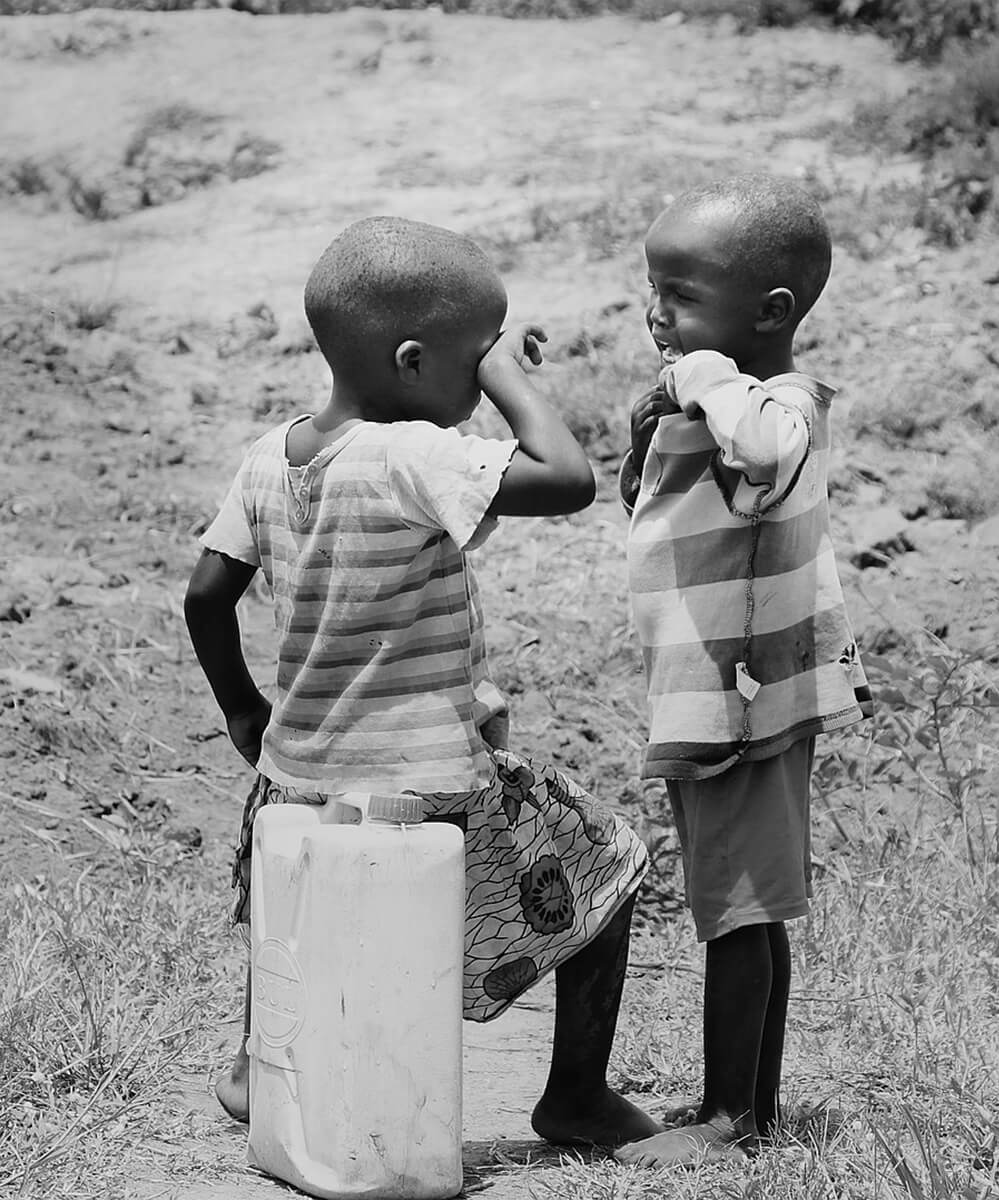After war broke out in 1986, life became contextualized by death, torture, trauma, marginalization and forced displacement. The rural people of the north were subject to war crimes and human rights violations committed by both the LRA and government forces.
A Brief Snapshot of the North.
The Context.
Understanding the local History & Context of northern Uganda is crucial for taking on development challenges. Here we present a brief summary of the LRA War that ravaged the region.

Uganda, a former British colony, has been fraught with a violent history since winning independence in 1962. While the brutal regimes of both Obote and Idi Amin are familiar to many and affected the lives of peoples from all corners of the country, it is the drawn out war staged in Northern Uganda that sets the context for much of the underdevelopment and unrest seen today in the region.
The LRA War, a conflict between the Lord’s Resistance Army (LRA) and the Government of Uganda (GoU), lasted from 1986 to 2006, ending in the retreat of the LRA’s forces into eastern parts of the Democratic Republic of Congo.
While at the outset of the war there were multiple rebel armies engaging in conflict in the north, the most powerful of these (the LRA) became the primary combatants against the GoU forces (Uganda People’s Defence Force or UPDF). While there were many factors that led to the uprising, many agree that the rebellion sought to fight against systemic and historic discrimination of the largely Acholi tribal communities of the north as well as potentially create an independent state.
One of the features of the LRA’s guerilla warfare was the abduction of boys and girls, who were forced to train as child soldiers and commit atrocities against their family members and community alike. These children were also used as sex slaves and forced into menial labour at the rebel camps, where they were raped and tortured repeatedly. Many girls, as well, were forced into early marriage.
Throughout the 20 years of raging warfare, life was characterized by periods of abduction, the destruction of key infrastructure including schools, health facilities and people’s homes and lands, as well as the expulsion of up to 90% of the population from their traditional lands. The GoU set us mass internal displacement camps in 1996, where many claim to have been forcefully evicted from their homes and tortured. As a result, more than 1.5 million people were confined in these camps where the living conditions were deplorable.
Being separated from their traditional lands also meant a separation from the people’s means for existence and livelihood, as well as the lack of opportunity (for some time) of proper healthcare and education. Within the makeshift camps, an entire generation of youth were raised learning a life of fear and insecurity, with no education, and a lack of opportunity to learn their people’s traditional cultural knowledge and values.
GWED-G currently operates in the post-conflict Northern Region of Uganda, where we primarily serve communities in the Acholi sub-region.


There are widespread harms that continue to impact the socioeconomic development of the Northern Region of Uganda, including poverty (the highest rates in the country are in the north), land conflicts, high rates of unemployment, low levels of education, high substance abuse issues, unaddressed cases of complex physical and psychological wounds and traumas, poor health outcomes due to lack of access, and more.
For women and girls in this post-conflict setting there are different challenges that exist related to pervading gender inequalities and discrimination. It is well documented that sustainable development cannot be achieved without the full and active inclusion of women and girls. Yet, while Uganda is fairly strong in terms of enshrining equal human rights between the sexes, the application of legislation and policies leaves much to be desired.
Due to strong patriarchal norms in the north that overwhelmingly favour men, women and girls have little to no decision making power over issues related to their own bodies and sexual health, as well as within the household more generally. This translates into women being excluded from decisions regarding family finance expenditures, as well as very little access to productive assets (especially land ownership and control) and capital to support economic livelihoods that would benefit not only their families, but indeed the surrounding community and the entire country.
Lack of decision making power and narrowed views of women’s “appropriate” place within society means that we see less women vying for and assuming leadership positions at the local, sub-county, district and national government levels. The lack of female representation in governance is also derived from less opportunities given to women to build skills in leadership.
Furthermore, women and girls have less opportunities to attain education and illiteracy rates, while high overall in northern Uganda, are markedly higher for women of reproductive age. According to the most recent available data from the GoU census, school dropout rates for girls in the Acholi sub-region (i.e., Gulu, Kitgum, and Pader) at the secondary level are 76%, 86%, and 82% respectively. This is often tied to the high rates of teenage pregnancies in the region (where it is highest in the country) as well as lack of support for girls reaching puberty – a time where a girl’s self-esteem drops dramatically.
Another dimension that seriously impedes the attainment and respect of women’s full human rights remains the extremely high levels of Sexual and Gender Based Violence (SGBV) that plague the north. While denial of women’s economic decision making is certainly a form of SGBV, there are many other forms of SGBV that verge on the level of physical torture in this region – this includes both physical and sexual violence, as well as child neglect. Rates of child marriage in the Northern Region stand at 59% of young girls being married before the age of 18 (the absolute highest rate is found in Nwoya District at 68%); these are the highest rates in the country.
